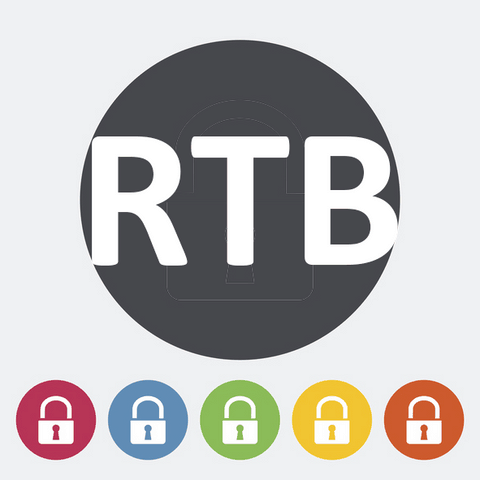Reason to Believe : five approaches for securing your pitch

The Reason to Believe (RTB) is an essential element in support of a value proposition, whether we are talking about an offer concept or a communication message. Sometimes neglected or used incorrectly, the RTB is nevertheless a powerful tool for ensuring that consumers will find your promise secure, sound and credible.
The RTB is the component that lends support and credibility to the benefits promised to the consumer. In today's highly competitive world where consumers have become more and more mistrustful of institutional communication, the RTB is one of the arguments that make it possible to overcome the "empty promise" effect. Providing reassurance, even when delivering a promise that breaks all conventions, is therefore an absolute necessity for a brand that wishes to fully secure its pitch.
Here are five strategies to use once you have established the benefit or benefits that you wish to promote:
- Demonstration: a somewhat direct strategy, the product is presented in an operational context that makes it possible to see the promised benefit(s),
- Logical explanation: providing elements to clarify exactly how the product operates. This makes it possible to reassure the consumer of the product's ability to deliver the expected benefit,
- Third party endorsement: the pitch is supported by means of a recognized third party: i.e. a celebrity ambassador (e.g. actor, sportsperson), a label (e.g. "product of the year") or other trusted sources (e.g. "recommended by all leading brands"),
- Reference to a previous success: to provide an illustration of guaranteed consumer satisfaction, reference is made to a recent proven success, for example by stating "new formula product X", in the same way as a new movie may be promoted by "from the director of".
- Drawing on brand reputation: direct reference is made to a widely acknowledged element of the brand's reputation. For example, the names of certain German carmakers have become synonymous with "quality". However, it clearly goes without saying that to successfully employ a "name-value" system of association of this kind the brand in question must have established a long-lasting reputation over a period of time.
In practice, there can sometimes be a certain level of confusion, as illustrated by two cases:
Error #1 – an RTB which tries to perform the role of a benefit. The problem is that the product pitch will focus on an element aimed at establishing credibility rather than on the benefit itself, for example, explaining how the product works rather than explaining what is new about it. This requires the consumer to perform an act of "translation", i.e. taking the RTB at face value and trying to fathom out the benefit all on their own. However, when push comes to shove, few consumers would really take the time to do this…
Error #2 – Complete absence of RTB. It is a possible strategy to adopt, but undoubtedly a risky one, that of a brand that believes that simply by referring to itself is sufficient to deliver a credible pitch. However, only a very small number of brands in this world can allow themselves to attempt such an approach.
So, five strategies for establishing credibility – making the right choice of strategy is a delicate matter however, since it must be in line with the nature of the benefit or benefits that we wish to communicate to the consumer but also be adapted to the target audience. It is all about ensuring a maximum of coherence and fluidity in your choice of words.